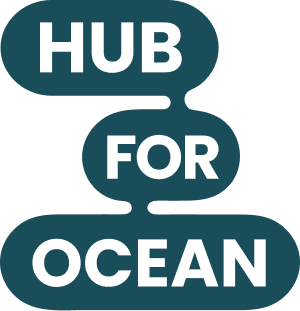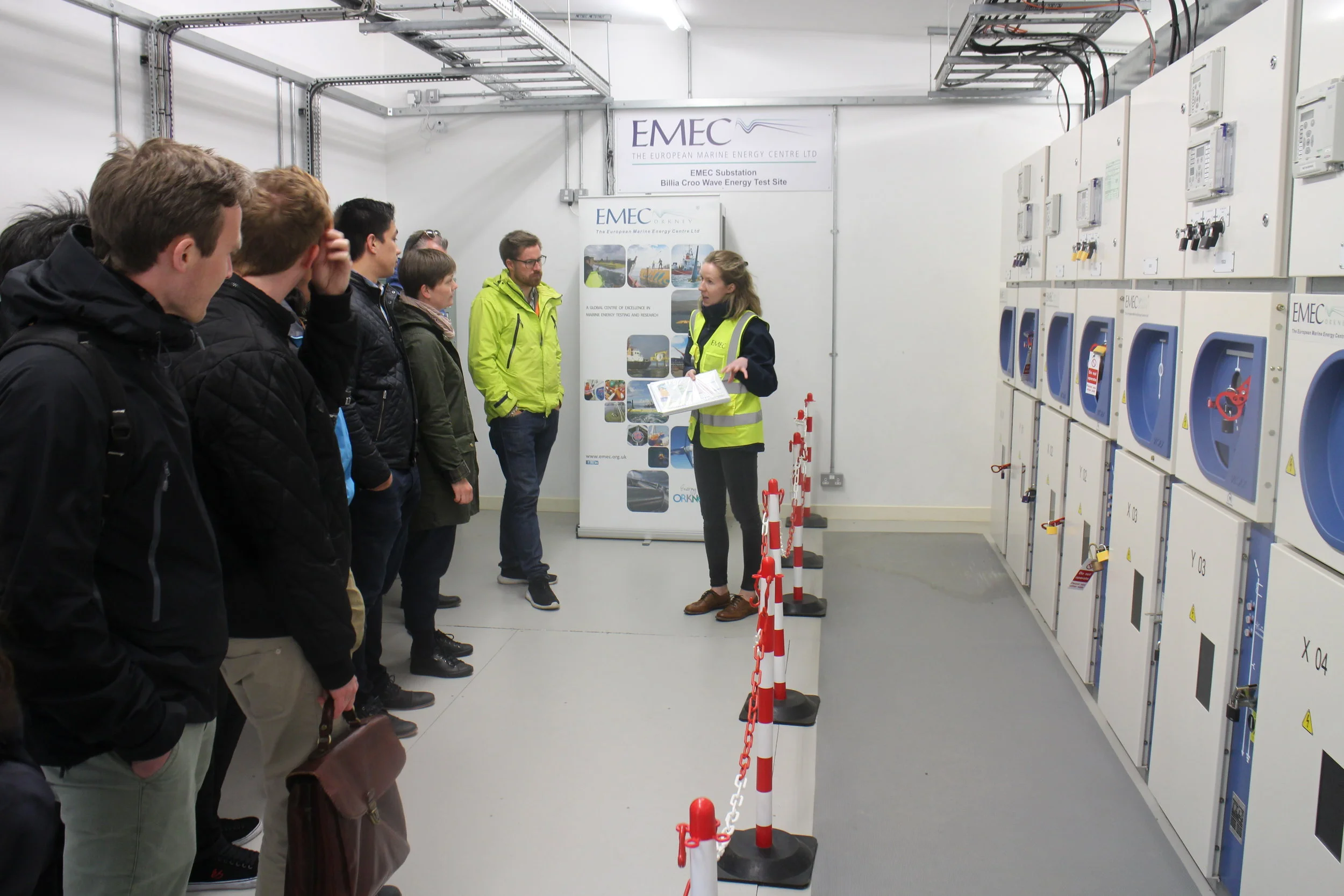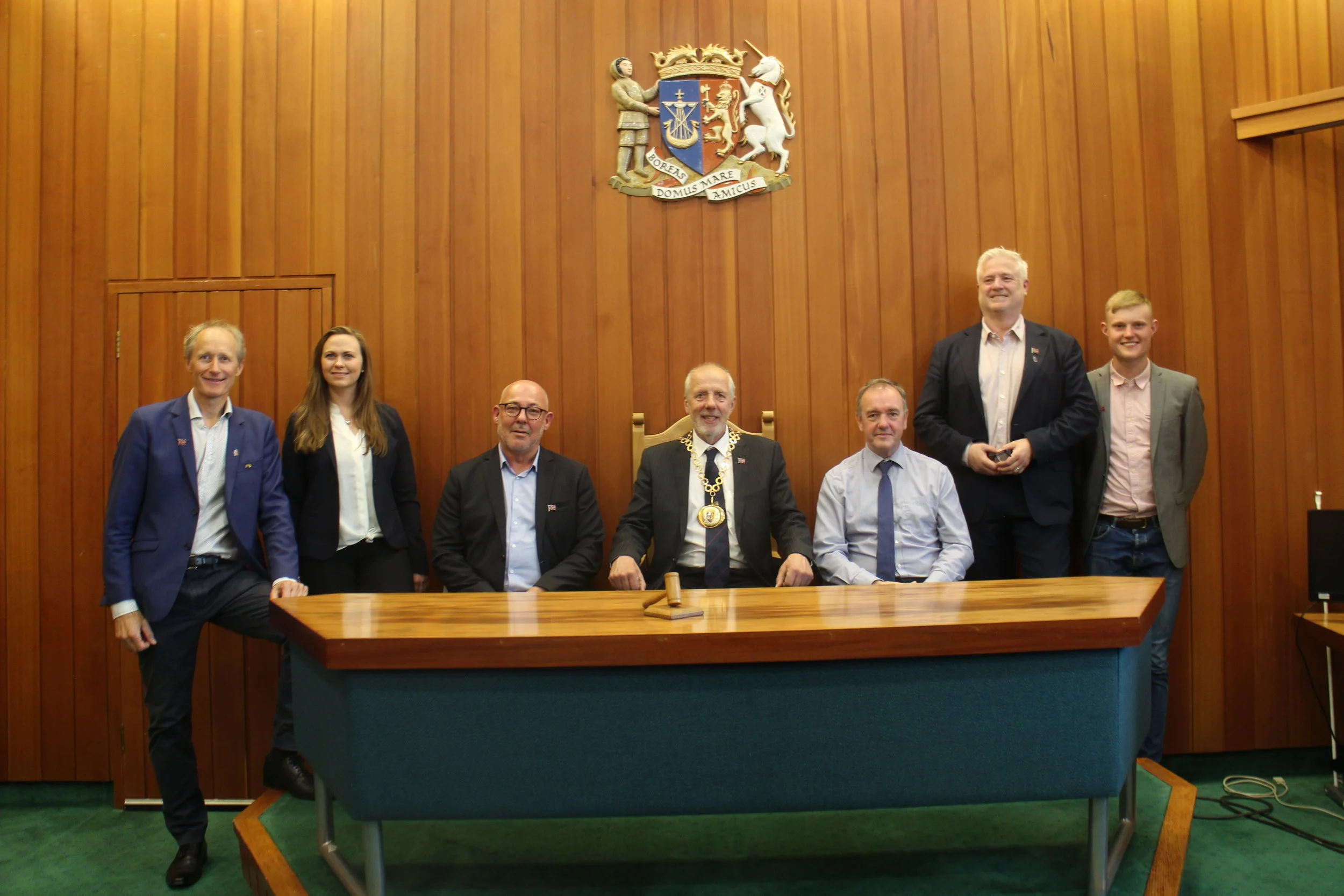Orkney Islands Study Tour
A modern day viking invasion of the Orkney Islands took place between 27th and 29th of May. However, instead of plundering and settling; this viking cohort hoped to learn about the renewable energy developments in Orkney, forge connections and build on the success of previous visits. The group of 52 from Norway included 23 renewable energy students from Høgskulen på Vestlandet (HVL) Sogndal, and a mix from businesses, local government and academics.
In Stromness, the party was welcomed to Orkney by Dr Sandy Kerr – Director of Heriot Watt University Orkney Campus – International Centre for Island Technology (ICIT). Although a small campus of 40-50 people, they are very active in research in the marine environment and deliver 3 sought-after masters degrees focussing on marine renewable energy and planning. For the HVL students this showed a potential route to further study in the UK.
Ian Johnstone introduced Aquatera, an international environmental consultancy based in Stromness helping clients around the world to decarbonise energy generation. Next, Jon Clipsham from the European Marine Energy Centre (EMEC) spoke about their work around Orkney: wave, wind, tide, hydrogen and smart-grid projects: Surf and Turf, BIG HIT, ITEG, HyDIME, ReFLEX. These are world first projects – utilising renewables to produce hydrogen via electrolysis, the hydrogen is then used as a fuel, or converted back into electricity and heat. Find out more by clicking the links.
BIG HIT Project (Image from https://www.bighit.eu/about)
In two separate groups we visited EMEC’s Wave Test Site at Billia Croo. Constructed in 2003, the grid-connected facility is in an ideal site for testing wave energy devices with powerful waves (averaging 2-3m significant height) coming in straight from the Atlantic.
Inside the EMEC substation (photo Mark Purkis)
The final presentations of the day came from Brian Archibald (Harbour Master and Head of Marine Services) and Andrew Blake (Ferry service manager) of the Orkney Harbour Authority. They shed light upon the complex logistical operations for marine passenger and tourist transportation in Orkney, including the tendering process.
There was a lot of information to take in throughout the day, thus the informal dinner at the Royal Hotel provided a great chance to ask questions, discuss the implications of these projects in Norway, speak with some of the ICIT Master’s students, and sample products from the local breweries and distilleries.
Wednesday morning dawned rainy, and the group departed for Kirkwall, stopping at the hydrogen vehicle refuelling station at Hatston en-route. Peter Long (Development Office - Community Energy Scotland) demonstrated how it is used and which vehicles on the island currently use it.
The Study Tour in front of the Hatston H2 refuelling station (Photo: Mikel Gonsholt, bachelorstudent i fornybar energi, høgskulen på Vestlandet)
Shortly after, he presented how Community Energy Scotland help communities to achieve local projects through consulting and project management. Involved with many of the same projects as EMEC (Surf and Turf, BIG HIT, and ReFLEX), but also many others in addition, e.g. SMILE, an EU-funded pilot project testing three large-scale smart grid technologies on islands. Armed with this knowledge we were led to the harbour to see the fuel cell and marine charging facilities, the world’s first commercial use heat, fuel, and power from green hydrogen.
From a community perspective, Andrew Stennet and Clive Brookes (Eday Renewable Energy Ltd) told the story of erecting a community wind turbine on Eday. They erected a turbine after completing planning and financial studies based upon a curtailment of 17%. However, after several months, the curtailment was around 45%, sometimes over 60%. In 2016, the Surf & Turf project began, which was a gift to the island, meaning that the wind turbine could continue to turn and generate income for the Eday community even during curtailment.
Inside the Orkney Council Chambers (left to right - Trond Strømgren, Maria Brandsøy, Stein Kvalsun, Harvey Johnston, James Stockan, Owe Hagesæther, Mark Purkis) (Photo: Mikel Gonsholt)
Finally, Harvey Johnston - Civic head of Orkney Islands Council – welcomed the group to the Orkney council chambers (in Norwegian) and highlighted the historical and cultural ties between Orkney and Norway. This is was a fantastic opportunity to discuss the projects around Orkney, learn about their perspectives and build networks. After a relaxed meal in the Ayre hotel, many returned to Norway via the overnight ferry to Aberdeen.
The study tour left many feeling inspired by the projects on Orkney, giving lots to think about concerning the opportunities and challenges of implementing similar projects in Norway. Perhaps in a couple of years’ time some of the HVL students will choose to carry out a Masters in Orkney.




